Tough decisions needed to safeguard Isfahan treasures
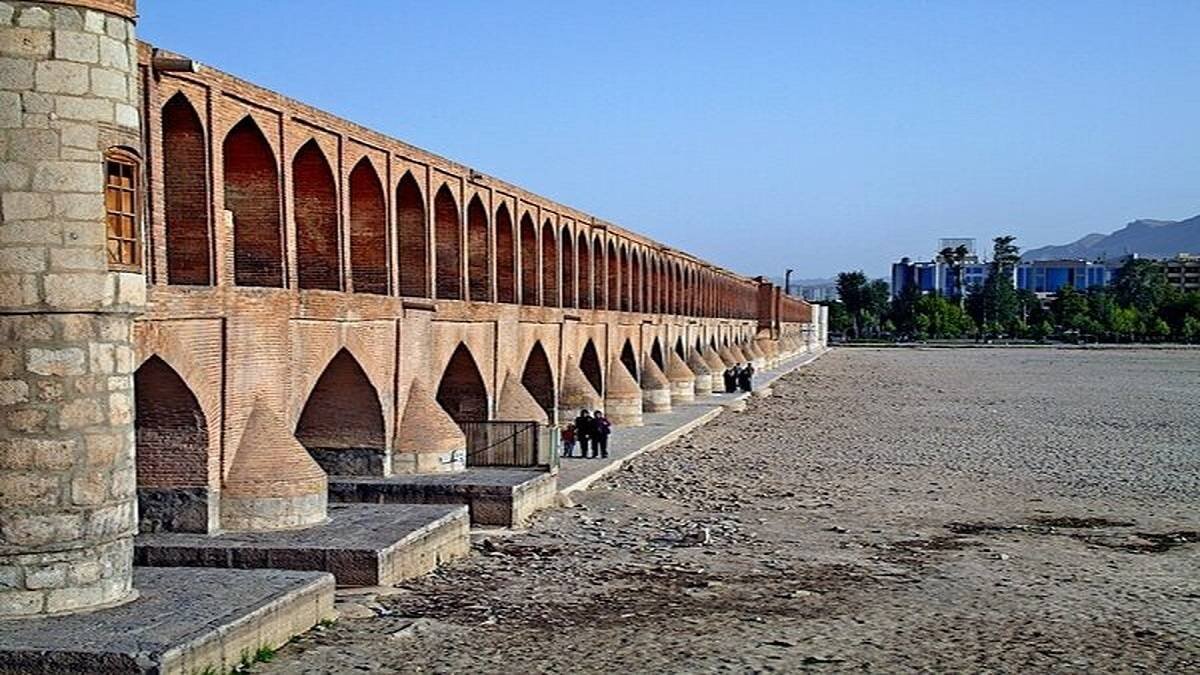
TEHRAN - The expanse of subsidence in Isfahan province has reached a stage where overcoming it requires decisive, bold, and tough decisions, the province’s director general of the Department of Environment has said.
The official emphasized that addressing a looming subsidence crisis here means that existing regulations and limitations imposed on Zayanderud (Zayandeh River) must be resolved, which requires urgent and decisive decisions.
In an interview with IRNA on Wednesday, Ahmadreza Lahijanzadeh added, “Currently, subsidence is the most significant and foremost challenge facing Isfahan, while time is swiftly passing and there is a limited time for recovery.”
The official emphasized that addressing subsidence means the issue of Zayandeh River must be resolved. He specified that some experts and researchers consider the highest red line for Isfahan regarding subsidence to be the year 1410 (2031), a time when the rate and speed of subsidence will increase from 15 to 50 centimeters per year.
He continued, “This [potential] danger is very serious for the northern part of Isfahan city extending to Shahin Shahr and Borkhar, potentially causing widespread migration and the loss of great national wealth and civilization in the Isfahan region.”
“Decisions must be made regarding the extent of agriculture in Isfahan. This way, the current policy of releasing water for agriculture several times a year must be reconsidered.”
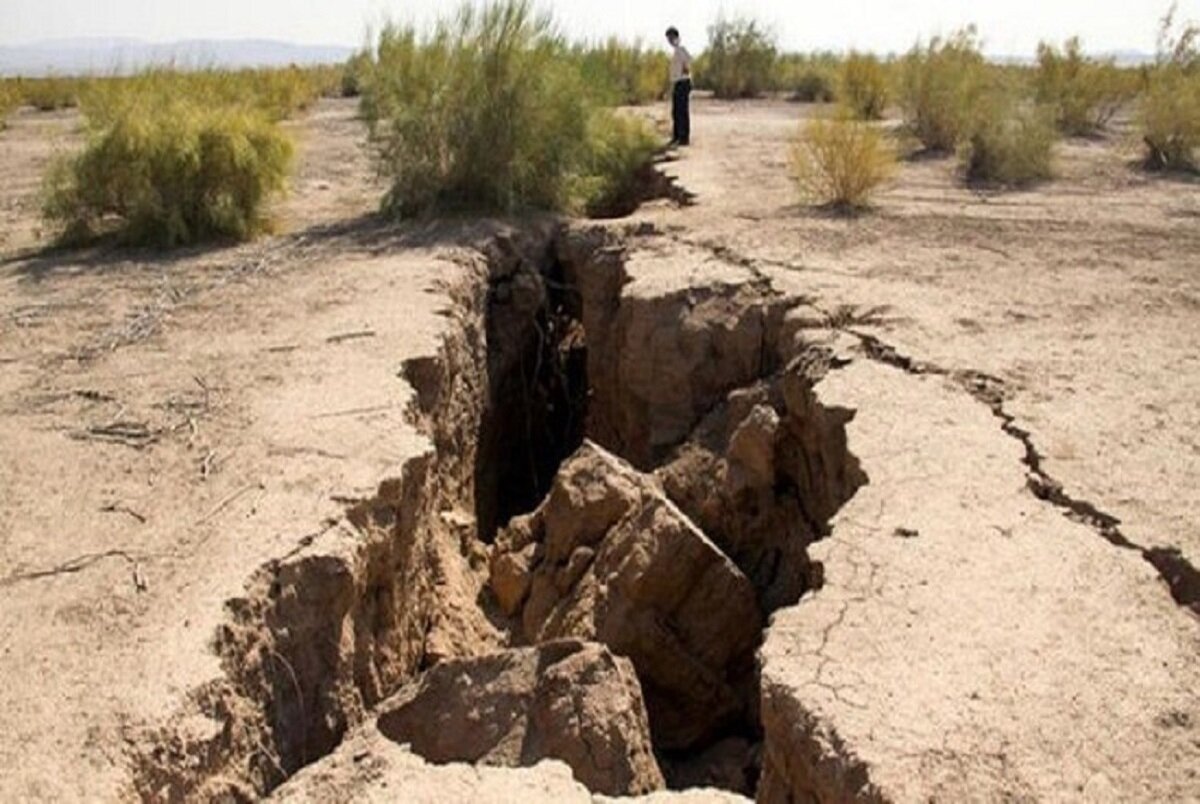
Concerning what he called a continuous closure of water flow in Zayandehrud, Lahijanzadeh said: “We cannot keep the river closed for 300 days a year. Based on research findings, subsidence cannot be controlled if Zayanderud does not have a continuous flow of 10 to 15 cubic meters per second passing through the city of Isfahan.”
Lahijanzadeh stressed, “We must pursue a strategy that advocates this flow of water in the river, which necessitates a revision of taking water from Zayanderud, including water used for agriculture.”
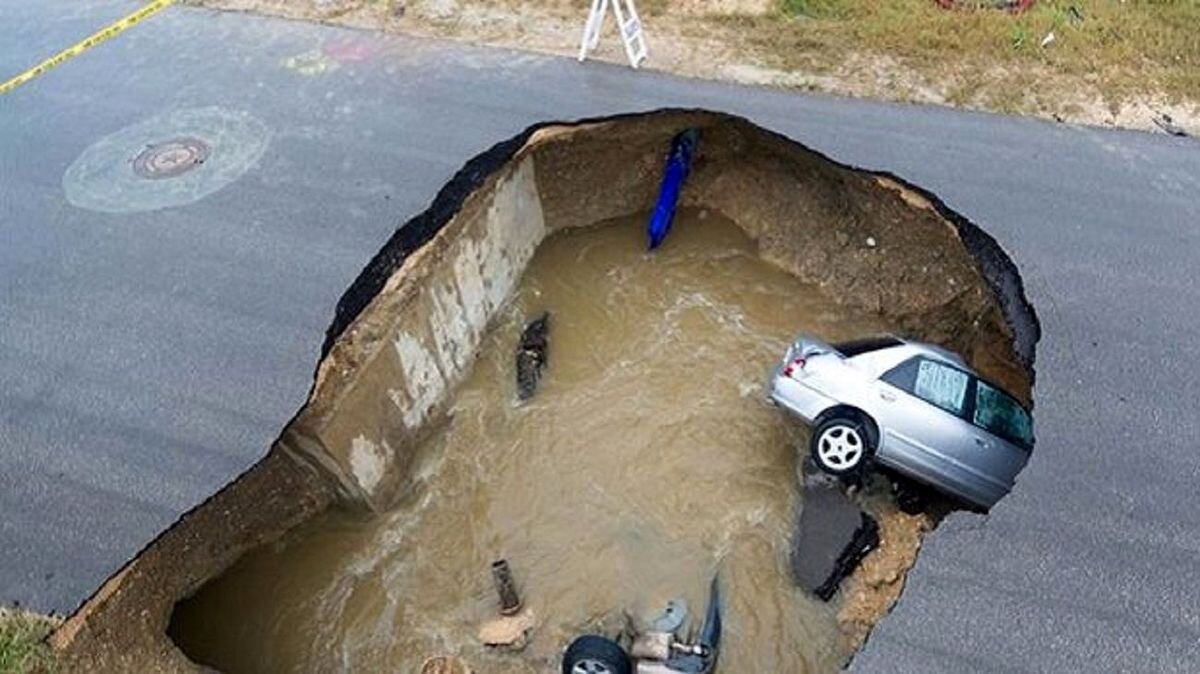
“We have to calculate the cost-benefit ratio to make a balance,” he said. “For example, if wheat production in Isfahan is reduced by half, but the river flows for 150 days a year instead of 60, the rate of subsidence would be reduced.”
“We need to assess and compare whether the value of a centuries-old majestic monument in Isfahan is greater or the price of tens of thousands of tons of agricultural products.”
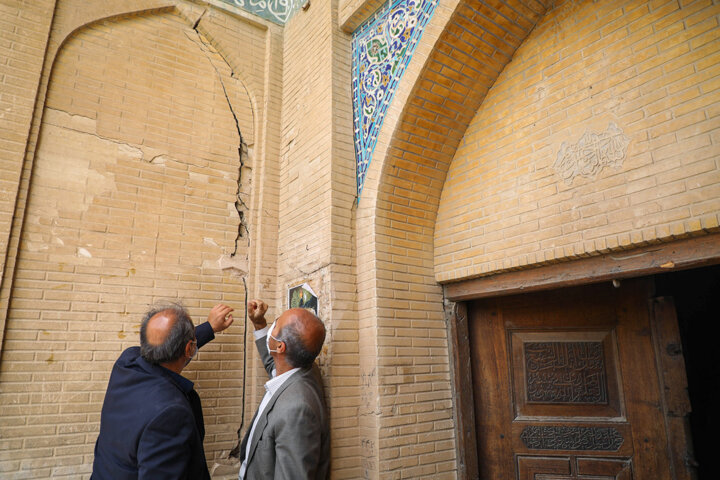
Lahijanzadeh stated, “Zayanderud is the only permanent flowing river in the central plateau of Iran, which in the best conditions and with good rainfall carries 1.9 billion cubic meters of water annually.”
“However, what we are facing is, on one hand, climate change and its consequences on precipitation, and on the other hand, overburdening [in terms of industrial, urban, and agricultural usages] that altogether exceeds the ecological capacity of this region.”
According to IRNA, the subsidence rate in Isfahan from June 2021 to June 2022 was approximately 15.5 centimeters per year.
Mismanagement threatening Isfahan’s heritage
Earlier in May, Iran Ghazi, a retired university professor and geography researcher, expressed grave concerns over the mismanagement and misuse of water resources from the Zayandehrud river, warning that such practices endanger both human life and the rich cultural heritage of Isfahan.
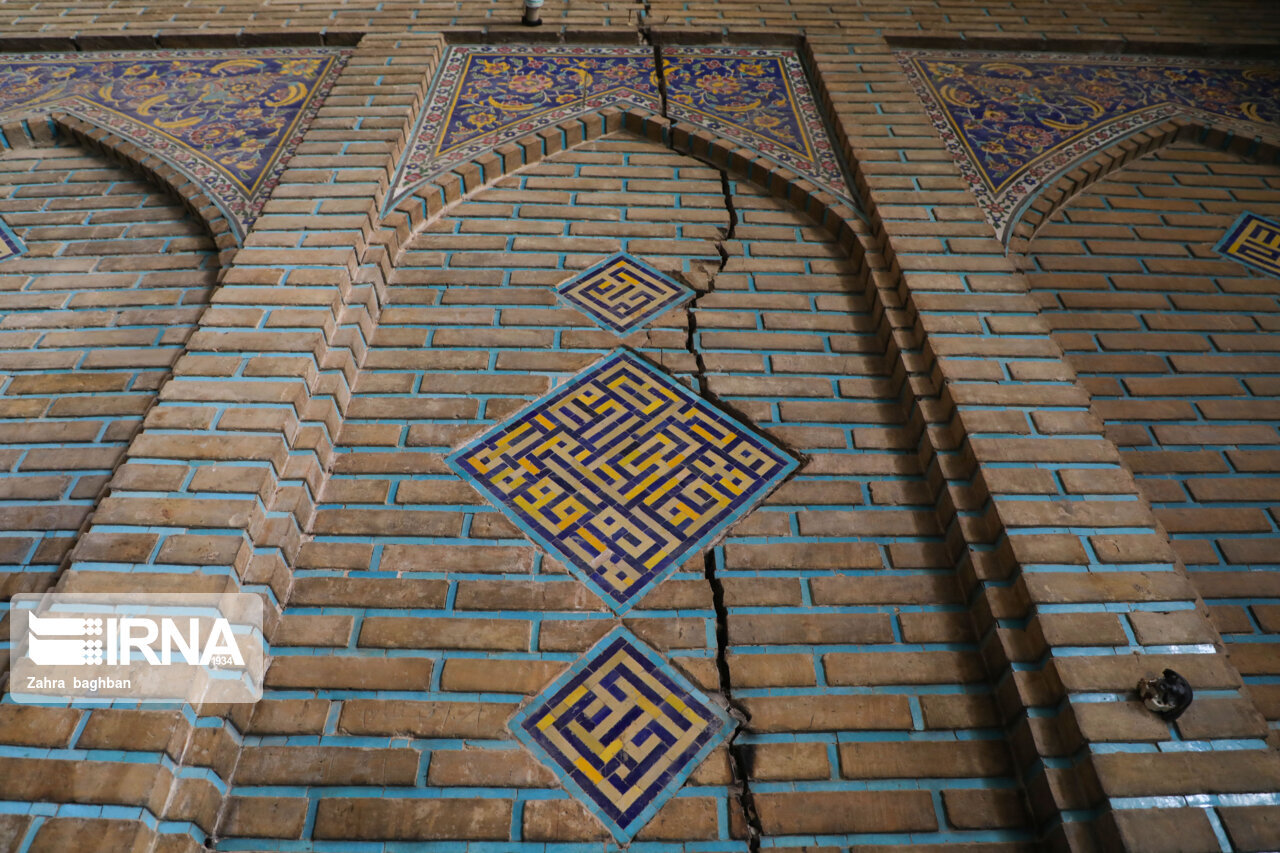
In a recent interview with ISNA, Ghazi emphasized the deep cultural significance of the Zayandehrud river to Isfahan, saying: “Without knowledge, understanding, and a sense of responsibility, the foundation of Isfahan’s cultural identity, which is historically tied to the Zayandehrud, will be weakened.”
The expert said that the water scarcity in Zayandehrud is not due to a lack of rainfall or snowfall, which she continuously monitors, but rather due to the poor management of water resources. “There is no shortage of water. The issue is misuse,” Ghazi asserted.
Half the world?
Soaked in a rich history, Isfahan was once a crossroad of international trade and diplomacy in Iran and now it is one of Iran’s top tourist destinations for good reasons.
The city is filled with many architectural wonders, such as unmatched Islamic buildings, bazaars, museums, Persian gardens, and tree-lined boulevards. It’s a city for walking, getting lost in its mazing bazaars, dozing in beautiful gardens, and meeting people.
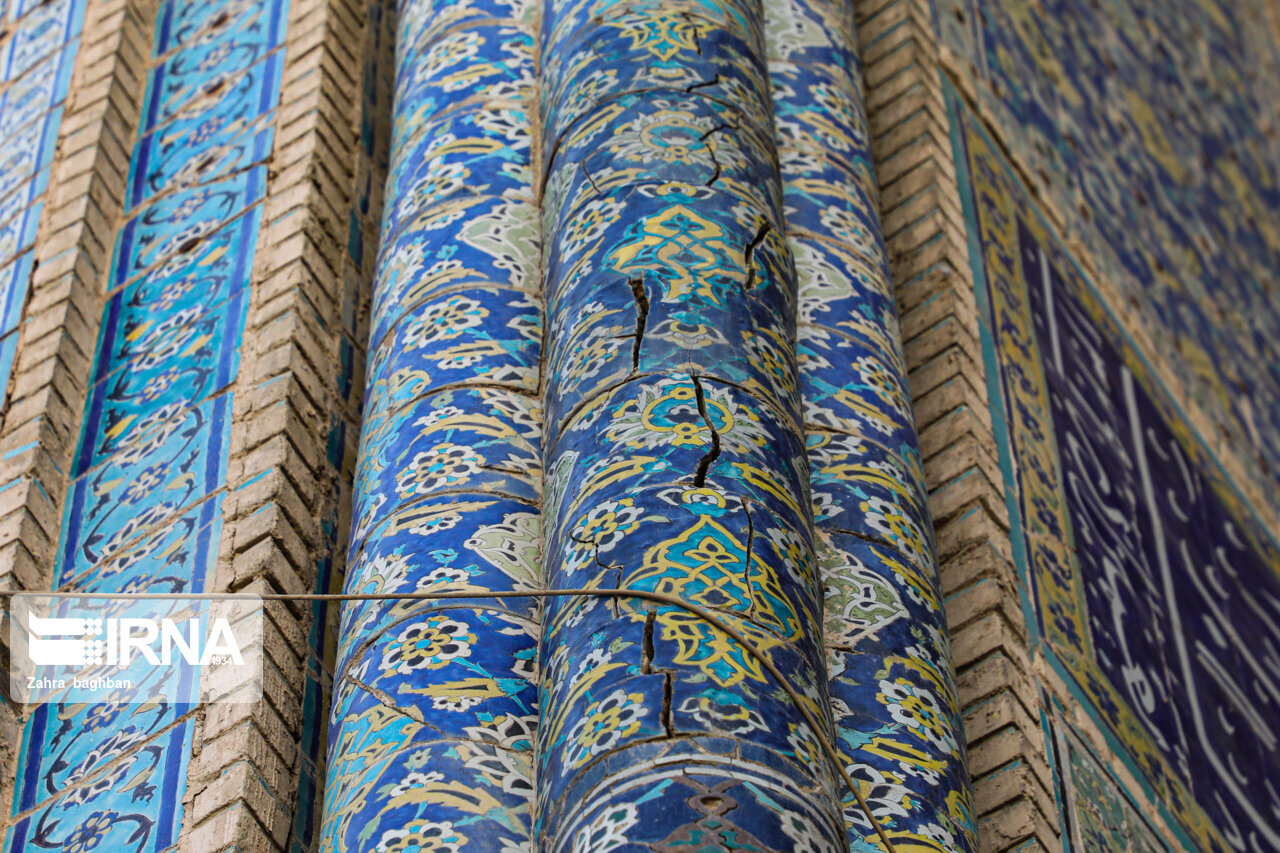
Isfahan is renowned not only for the abundance of great historical bridges but also for its ‘life-giving river’, the Zayandeh-Rood, which has long bestowed the city an original beauty and fertility.
Interestingly, the city is nicknamed Nesf-e-Jahan, which is translated into “half the world”, meaning seeing it is relevant to see half the world. In its heyday, it was also one of the largest cities in the region, with a population of nearly one million.
AM
Leave a Comment